Site will be
unavailable for maintenance from June. 4, 11:30 p.m., to June 5, 12:30 a.m. ET. Thank you for your
patience!
5 holiday traditions around the world
Posted on 12/16/2021
We all need a break from the daily grind of our ordinary lives, a time to relax and celebrate with family and friends -- and kids are no exception. Holiday traditions are an integral part of growing up for children in almost every part of the world. And even though specific celebrations vary widely between countries, cultures and faiths, they all seem to have children’s joy and excitement in common.
As you drink eggnog, decorate the tree or drive around looking at lights with your own family this year, you might find yourself wondering what unique holiday traditions kids celebrate in other parts of the world. Read on to learn more about five international holidays that bring a little extra sparkle to children’s eyes.
Christmas
In the U.S., the rush to buy gifts for loved ones is often the hallmark of the Christmas season. But in many of the communities where ChildFund works, the focus is on spending time with family and friends, eating good food and honoring time-old traditions.
In Ecuador, as in many other countries, some children celebrate Christmas by making advent wreaths with their families. Families assemble the wreaths themselves, then take them to church to be blessed by a priest. One candle on the advent wreath is lighted for each of the four Sundays leading up to Christmas, a time for reflection and prayer ahead of the celebration of Jesus’ birth.
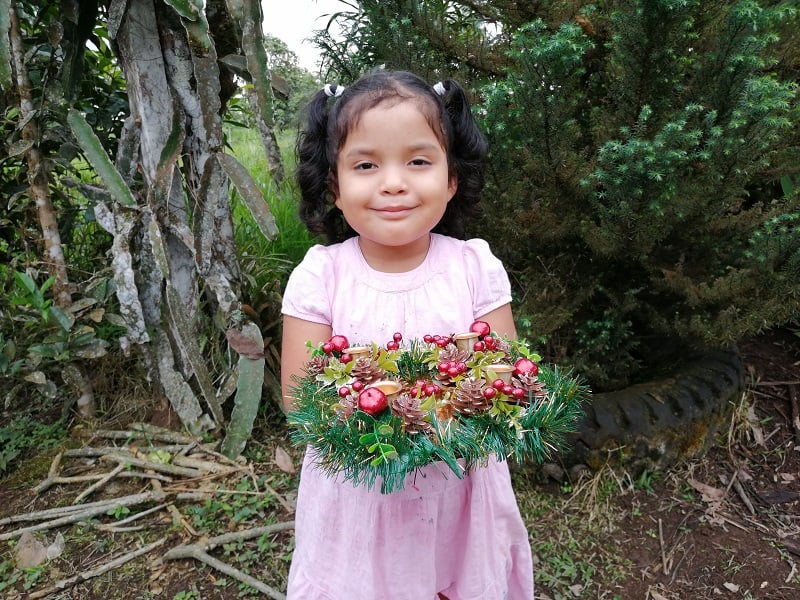
Meanwhile, in Kenya, everyone travels to their hometowns to spend the holiday with their families. On Christmas Eve, night vigils called Kesha are held in churches, where people sing hymns and carols until the bells begin ringing at midnight to signal the arrival of Christmas. The festivities that follow last all night long and well into the next day. A feast is an important part of the celebration, usually featuring a grilled meat called nyama choma served with rice or flatbread.
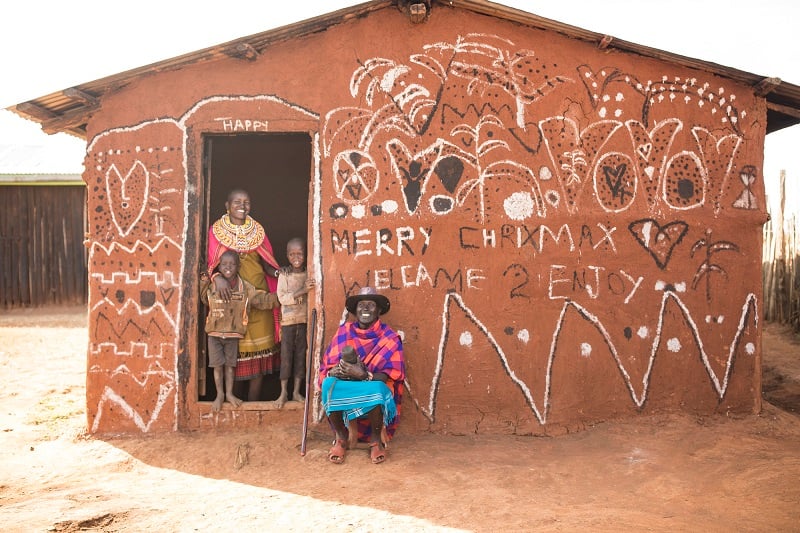
Diwali
Each year in late October or early November, many countries in South Asia celebrate Diwali, the ancient festival of lights. Honored by Hindus, Jains, Sikhs and some Buddhists, Diwali traditionally celebrates the triumph of light over darkness and good over evil.
Children and their families celebrate Diwali by cleaning and decorating their homes with rangolis (circular art patterns, usually using flour, sand or other powders) and lighting diyas (oil lamps), making for a spectacular display of light and color throughout the festival’s five days. Kids spend the holiday visiting family members, eating sweets and saying prayers to Lakshmi, Hindu goddess of wealth, for a prosperous year ahead.
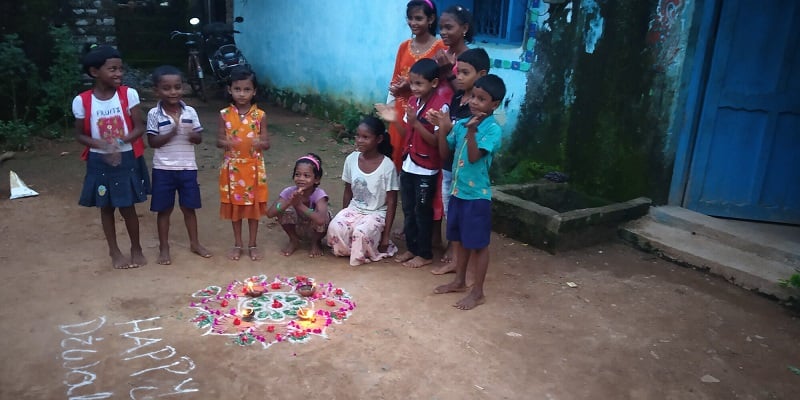
Eid al-Fitr
Eid al-Fitr, sometimes just called Eid, is celebrated by Muslims worldwide to mark the end of Ramadan, a month of dawn-to-dusk fasting and spiritual discipline. The holiday typically occurs in early May and entails special prayers, family celebrations and an enormous feast, earning it the nickname “Sweet Eid.”
In Senegal, where the festival lasts three days, one of the most exciting parts of the occasion is having brand-new clothes made. Children and families feast together on foods like lamb, fish, rice and vegetables, exchange gifts, and visit the local mosque to say prayers in their new outfits. Group prayers and large gatherings are also held on Senegal’s many beaches, which are said to be some of the most beautiful in West Africa.
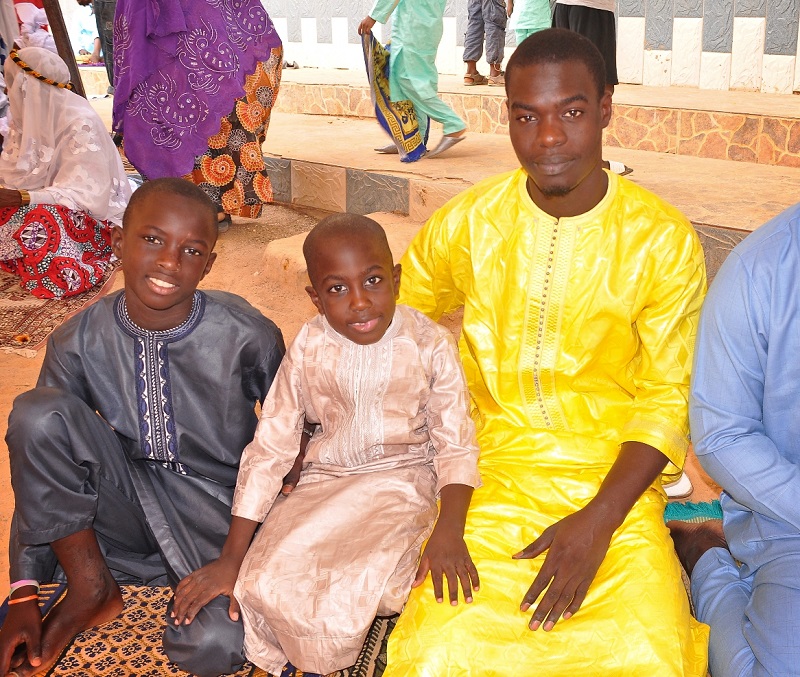
Chinese New Year
In China and throughout East Asia, the new year is celebrated according to the traditional Chinese calendar, beginning on the new moon that appears between late January and late February. Since Chinese New Year marks the end of winter and the beginning of spring, it is sometimes referred to as Spring Festival. For many children where we work in Cambodia, Indonesia, Thailand, the Philippines and Vietnam, it’s one of the most important holidays of the year.
In preparation for the festival, families hang red paper decorations in their windows and clean their homes thoroughly to sweep away ill fortune and make space for good luck. Children delight in feasting with their families, watching fireworks, participating in parades and receiving small amounts of money in red paper envelopes.
Enkutatash
Ethiopia celebrates a new year all its own. Legend has it that in ancient times, King Solomon offered a gift of jewels to the Queen of Sheba during her famous visit to Jerusalem some 3,000 years ago. Her return to Ethiopia after receiving the gift coincided with the Ethiopian New Year, and now the holiday is called “Enkutatash,” or “gift of jewels.”
On Enkutatash, children have a special role to play, especially girls. Groups of young girls go door-to-door in the neighborhood carrying bright yellow flowers, beating drums and singing traditional songs. As a token of appreciation, the neighbors give out pieces of special holiday bread or a bit of pocket money. Children dress in new clothes, attend church services, eat a traditional meal with their families, and draw and paint pictures as gifts for others.
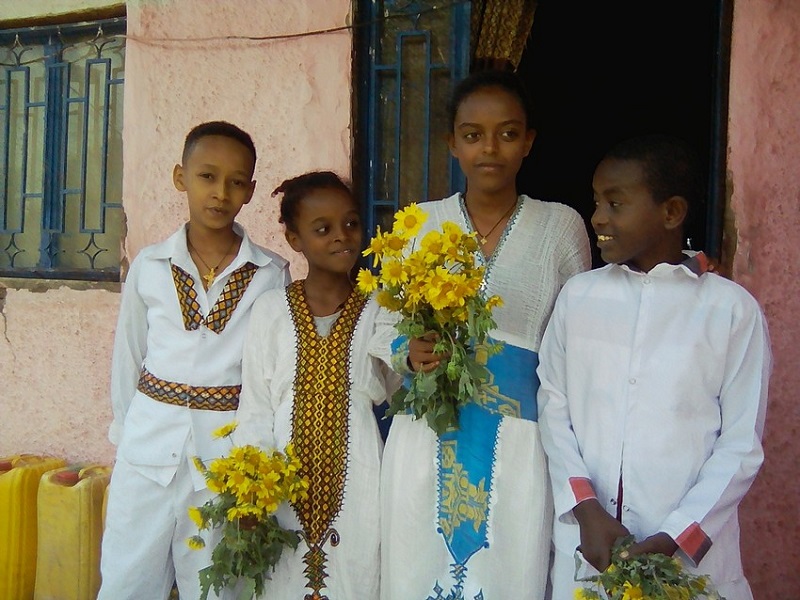
No matter where in the world a child lives, major holidays tend to revolve around a few common, important themes: peace, joy and gratitude. We can all understand and appreciate the beauty of traditions that help us give thanks for what we have and spend time with those we love.
If you’d like to learn more about holiday traditions in a particular part of the world, why not sponsor a child there? You’ll make a friend who knows those traditions better than anyone – and your support will give them even more reasons to celebrate.
Loading...


